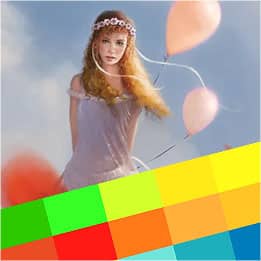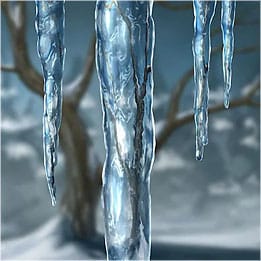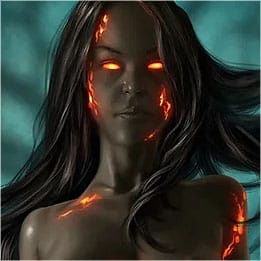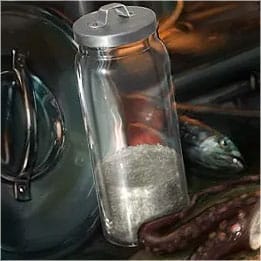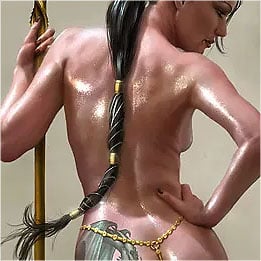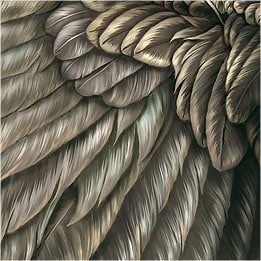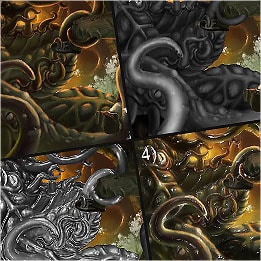Henning’s 101: Seasons Let’s go for a walk through all of the four seasons of the year and study their unique characteristics. You can add a lot more depth and life to your paintings if you also consider the environment your subjects are placed in. By adding a hint of specific seasons, or simply some sort of influence by weather conditions you’re suddenly adding a whole another dimension to your art. Let’s go for a walk through all the four […]

